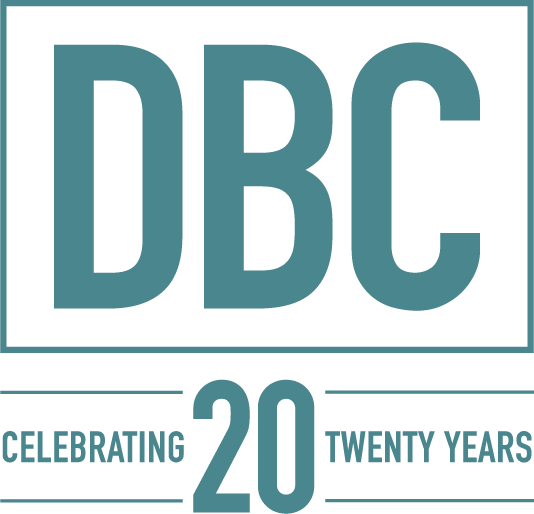B2B content marketing is an invaluable tool that contextualizes how B2B brands and services can aid businesses while simultaneously establishing brand trust and generating leads. Though the objective of B2B content marketing is to promote a brand or service, it’s done without explicit product promotion. Here are some tips to rev up your B2B content marketing efforts.
Find your brand voice
Develop your brand’s story, and leverage your content to sell your story instead of your product. If you expect your audience to get value from your content, it has to be engaging. A key aspect of engaging content always comes from a human perspective. Focus on storytelling and keep your brand’s human story at the foundation of your content.
Consider the kind of audience you’re speaking to when writing B2B content. If your audience has a high level of technical knowledge, you’ll want to ensure the content you’re writing is on par with what they will find interesting. However, if you get too in-the-weeds you’ll run the risk of creating content that is less engaging and your audience can lose interest.
Convey industry expertise
Creating high-quality content by incorporating your unique industry expertise or the expertise of subject matter experts (SMEs) in your company. This helps to position your brand as an industry thought leader while enhancing customer trust and credibility. Create content that:
- Provides insights and analysis into industry trends
- Keeps audiences up to date with legislation, mergers, acquisitions, etc. that impact their industry
- Takes in-depth looks into topics that your audience is interested in
Have content variety
There are a variety of content formats that can be used to get in front of your target audience and keep them engaged. Different formats can be leveraged to achieve different goals.
- Blog posts can leverage SEO and can get your content and website to show up on search engines.
- Videos and podcasts can be mediums used to expand upon previous blog content and offer your audience a deep dive into certain topics.
- Case studies, ebooks, and reports offer in-depth details on how businesses can benefit from a product or service. This type of content is often used to generate leads by having buyers submit their contact information to gain content access.
- Infographics can showcase statistics on a product’s usefulness. These can be used in email marketing materials or shared on social media to increase social exposure.
Content should be more about your audience than you. In order to engage a reader, and keep them wanting to come back for more, make sure that every time a reader spends time with your content, they should learn something that helps their business. That is the value exchange that helps to build a community. Give us a few minutes of your time and we will provide knowledge, guidance, or insight that can help grow your business. Approach content as an editorial product and not as a promotional vehicle. Conceptualize it as a website or magazine devoted to a very well-focused and niche topic relevant to your business and the interests of the audience you are looking to cultivate.
Utilize a mix of channels
To increase brand awareness and earn more qualified leads, B2B content marketers should utilize multiple channels where content is published and shared. Keep in mind to publish your content on channels where your target audience is likely to see it. Here are a few channels you can leverage:
- SEO
- Email marketing
- YouTube
- Medium
If any of your content has unique findings, think about creating a press release and pitching it to relevant industry publications that may write about your findings.

